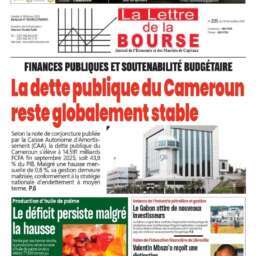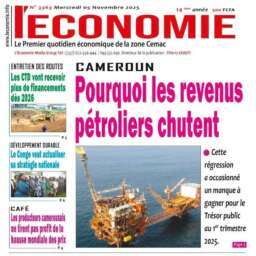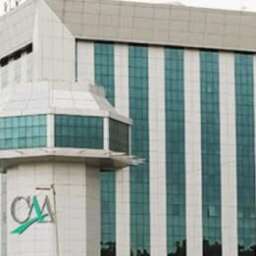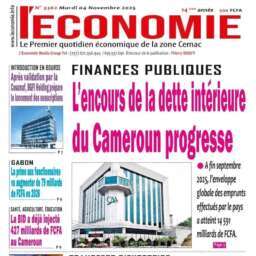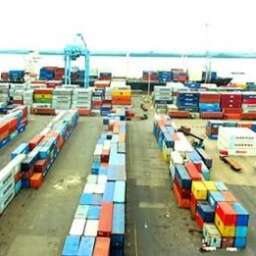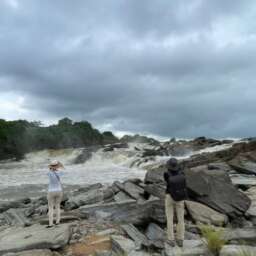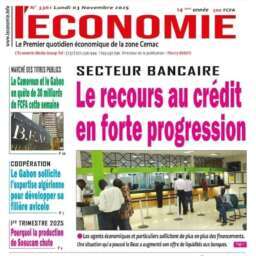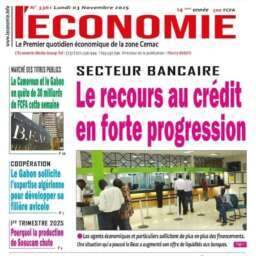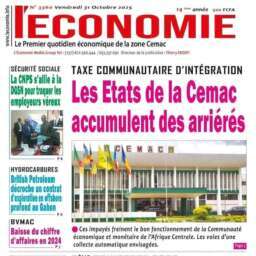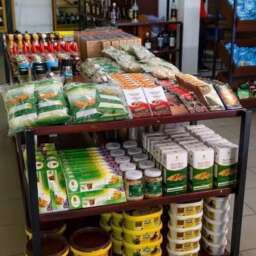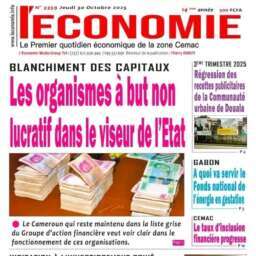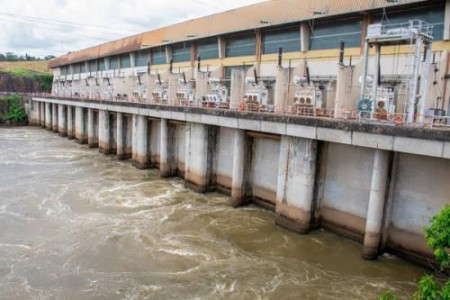(Business in Cameroon) – Eneo, the operator of Cameroon’s Songloulou hydroelectric dam, will need to invest 72 billion CFA francs to extend the facility’s lifespan by 50 years after four decades of operation. The rehabilitation program, dubbed “Dam Safety”, is outlined in two phases.
The first, urgent phase carries a budget of 20 billion CFA francs and is divided into five work packages. A second phase, currently under study, is projected to require an additional 52 billion CFA francs.
According to a senior Eneo official, the company has already mobilized and invested nearly 11 billion CFA francs for the initial phase. An additional 7 billion CFA francs has been allocated to the “complementary” second phase.
Overall, 18 billion CFA francs have been committed to both phases of the rehabilitation project, which aims to stabilize the aging infrastructure and extend its operational life. However, Eneo still needs to secure 54 billion CFA francs to complete the work, which a study conducted roughly 15 years ago by French engineering firm ISL estimated would take nine years.
Delays Hamper Crucial Project
Despite the urgent and strategic nature of the Songloulou dam’s rehabilitation, the project is facing significant delays due to Eneo’s challenges in securing the necessary financial resources. “The Dam Safety program has so far been funded by Eneo’s own funds. Also, technical and financial constraints at Eneo, including those related to agreements with donors, explain the delay,” a company representative stated.
Notably, the ISL study had already recommended launching the first calls for tenders in 2013. It warned of potential risks of rupture or major malfunction of concrete structures, as well as intake and discharge equipment, if reinforcement work was not carried out.
Eneo cites the ISL study in identifying the primary problem as “the appearance of damage to concrete structures five years after the facility was commissioned (1986-1987), due to Alkali-Aggregate Reaction (AAR).”
AAR manifests through cracks, swelling of the concrete, and a reduction in the functional clearance of hydromechanical equipment. ISL noted that “although the concrete swelling reactions seem to be in the terminal phase, the structures remain severely degraded and on the verge of stability.”
To avert a rupture, the French consultant recommended this “large-scale rehabilitation program” aimed at “operating the plant safely for at least 50 more years.” Eneo has been implementing the Dam Safety program since 2015, with the first phase showing results as of September 2020. “The intake dam is stable, making the initially planned buttressing and prestressing work unnecessary,” initial conclusions indicated at the time.
Maxime Nkat, director of the Songloulou plant, affirmed this stability during a recent site visit. “To sum up, indeed, we have faced a challenge since the commissioning of the plant, which is a challenge related to civil engineering issues: the AAR phenomenon caused by concrete movement. However, actions have been taken for years, with significant investments in the dam’s circulation system. And at present, we can clearly say that the dam is stable. So we have no concerns,” Nkat, the Eneo official, reassured.
Eneo Remains Cautious Despite Stability
Despite the reported stability of the intake dam, Eneo remains cautious. Electromechanical work on the spillway (package 5) has only progressed by 13%. Ahmadou Bivoung, Eneo’s central production director, explained, “Even in the new perspective, in this Dam Safety program, we are working to anticipate the phenomenon of concrete displacement. We acknowledged that AAR is irreversible and now want to implement systems that accommodate these displacements and ensure that even if a displacement occurs, there are no mechanical constraints and that these constraints are fully absorbed.”
Located approximately 30 miles upstream of the Edéa dam, the Songloulou plant has an installed capacity of 384 megawatts and eight turbine units. In the first quarter of 2025, it supplied 35% of the energy for the South Interconnected Network (RIS), surpassing Nachtigal (31%) and Edéa (21%). Eneo warns that a failure at Songloulou could lead to a “collapse of the RIS.”
Ludovic Amara




